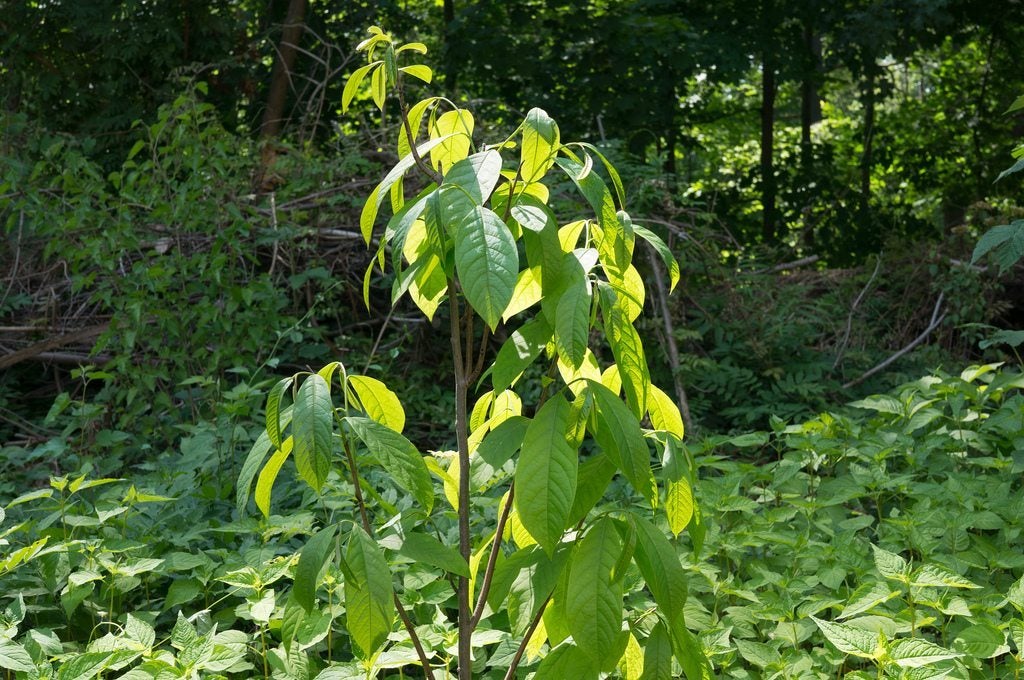Pawpaw Trimming Guide: Learn How To Prune A Pawpaw Tree


Pawpaw trees are the most common fruit trees native to North America. These medium size hardwoods were popular fruit trees for home gardens in yesteryear, and are making a comeback in modern days. Pawpaw trees grow best in a shady location with excellent drainage. Pawpaw pruning may sometimes be useful but it is not an essential. To find out if and when you should cut back pawpaw trees, read on.
About Pawpaw Tree Pruning
Pruning pawpaw trees is not something a gardener should worry about on a daily basis. These are native trees. They have been growing in the wild in bottomlands and along creek banks for centuries without assistance, staying healthy and producing fruit. Pawpaws in the wild are usually understory trees, slender trees with slender branches widely spaced. In sunny locations, they are shorter and denser. While pawpaw trimming can assist in keeping your tree healthy, pruning pawpaw trees should be done sparingly.
When to Cut Back Pawpaw Trees
Consider undertaking pawpaw tree pruning on an annual basis. The best time to do this is during the tree’s annual dormancy, in late winter or early spring. The primary reason to cut back pawpaw trees is to remove branches that might cause problems. For example, dead or diseased branches can fall, injuring the bark on the pawpaw trunk. Removing problem branches will assist your tree to thrive. However, you may also want to cut back pawpaw trees to shape them. Pawpaw trimming can also help a tree produce more fruit.
How to Prune a Pawpaw
If you are wondering how to prune a pawpaw, it should be done with sharp pruners or else with a limb lopper. Which tool to use depends on the size of the branches involved in pawpaw trimming. The first step in pawpaw pruning is to identify all problem branches. These include dead, diseased or broken branches. Crossing branches can also present a problem, since they may rub on each other. Pruning pawpaw trees can also stimulate new growth on older trees. Since the fruit appears on new growth, an annual pruning can result in more of the sweet fruit. To accomplish this, consider pruning pawpaw trees to remove older, less productive branches.
Sign up for the Gardening Know How newsletter today and receive a free copy of our e-book "How to Grow Delicious Tomatoes".

Teo Spengler is a master gardener and a docent at the San Francisco Botanical Garden, where she hosts public tours. She has studied horticulture and written about nature, trees, plants, and gardening for more than two decades, following a career as an attorney and legal writer. Her extended family includes some 30 houseplants and hundreds of outdoor plants, including 250 trees, which are her main passion. Spengler currently splits her life between San Francisco and the French Basque Country, though she was raised in Alaska, giving her experience of gardening in a range of climates.